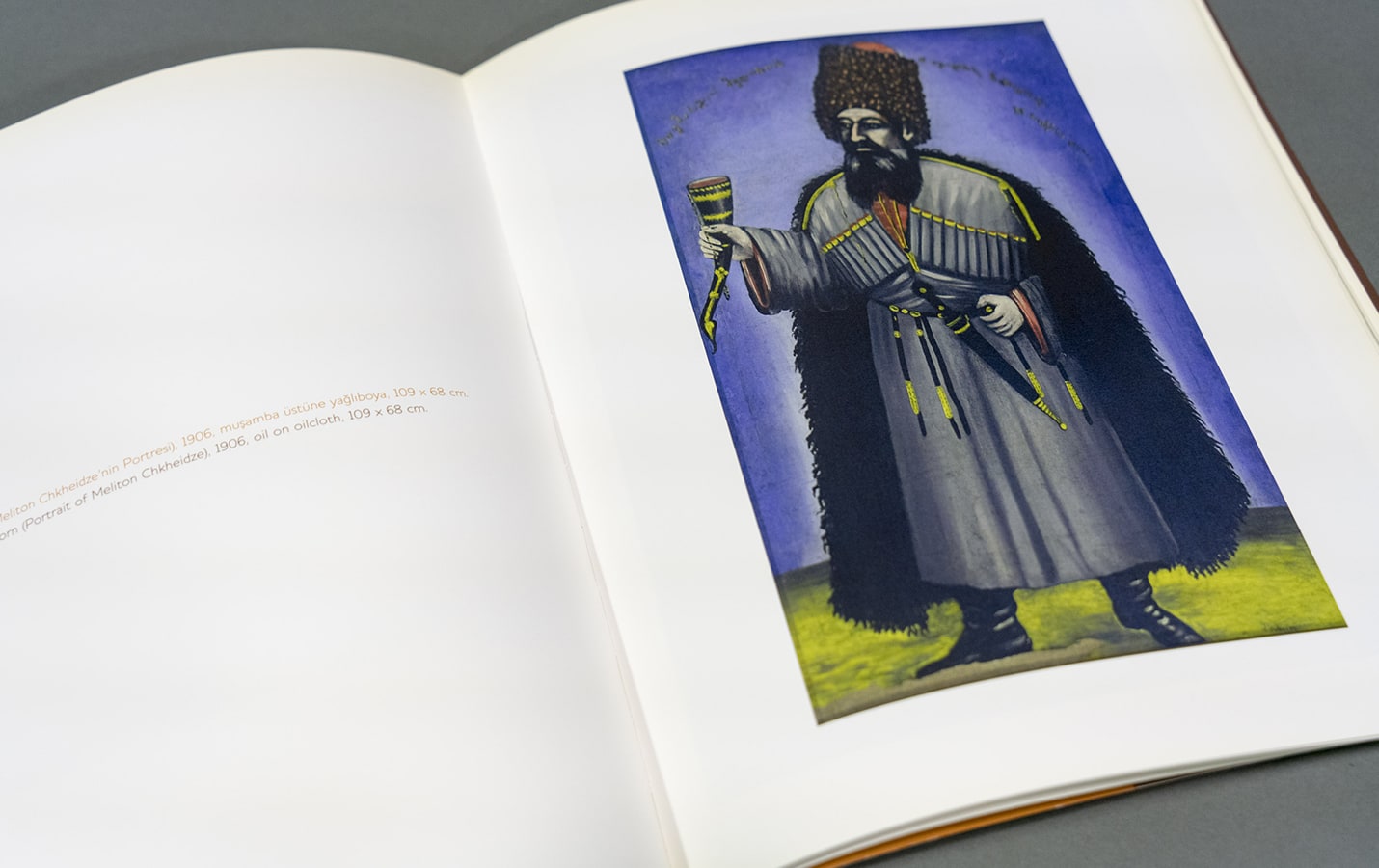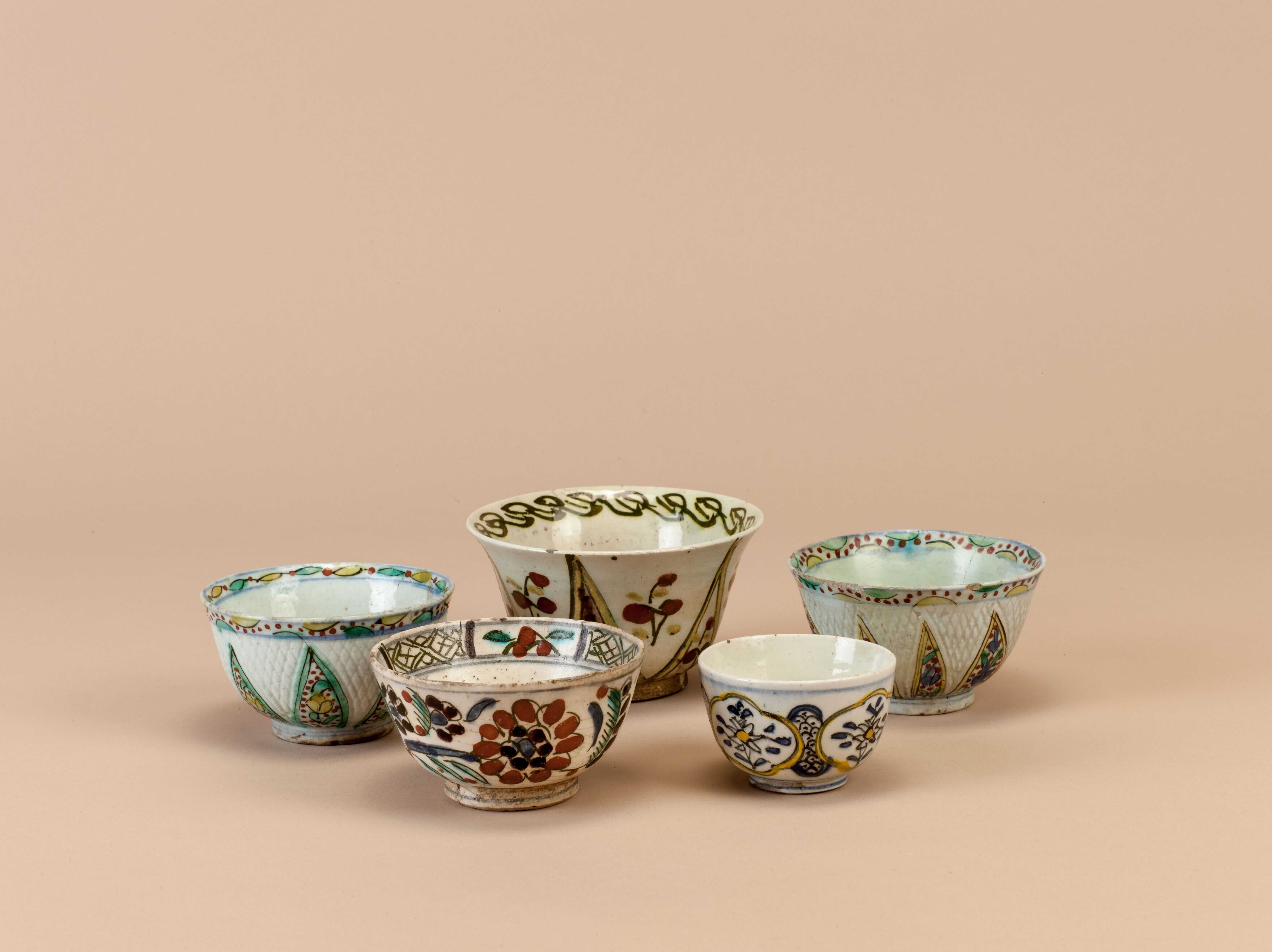August 2 - October 7, 2007
Since its establishment, Pera Museum has hosted works by several outstanding artists representing different genres. In 2007, the museum opened its doors to one of the most intriguing creative artists in the world, the Georgian peasant painter Pirosmani. This exhibition of Pirosmani’s naïve paintings took us on a journey through joyous feasts of colour, scent, and forms, through the blossoming meadows, villages, and animals of a neighbouring country.
Recognized only by his immediate circle while he was still alive, Pirosmani gained acknowledgment in the 1920s and 30s, particularly in the Western art circles, in which primitive and naïve artists were starting to be appreciated. Since then, his paintings continue to fascinate art connoisseurs in the world with their unprecedented sincerity and charm
Niko Pirosmani was born to a peasant family in one of the regions of Georgia - Kakheti, in the village of Mirzaani. During his life, most of which he spent in Tbilisi, he never received any professional education. In 1882, he opened a studio with another painter, Gigo Zaziashvili, accepting commissions for signboards. However, the partners soon went bankrupt. For mere subsistence, he occasionally worked in Tbilisi “dukhans” (tavern), or at the rail station, dying in poverty in Tbilisi, in 1918.
Today, Pirosmani is known across the world and his art has long reached beyond the borders of his native country.
Exhibition Catalogue

Since its establishment, Pera Museum has hosted works by several outstanding artists representing different genres. In 2007, the museum opened its doors to one of the most intriguing creative...
Video

Coffee was served with much splendor at the harems of the Ottoman palace and mansions. First, sweets (usually jam) was served on silverware, followed by coffee serving. The coffee jug would be placed in a sitil (brazier), which had three chains on its sides for carrying, had cinders in the middle, and was made of tombac, silver or brass. The sitil had a satin or silk cover embroidered with silver thread, tinsel, sequin or even pearls and diamonds.
Tuesday - Saturday 10:00 - 19:00
Friday 10:00 - 22:00
Sunday 12:00 - 18:00
The museum is closed on Mondays.
On Wednesdays, the students can
visit the museum free of admission.
Full ticket: 300 TL
Discounted: 150 TL
Groups: 200 TL (minimum 10 people)